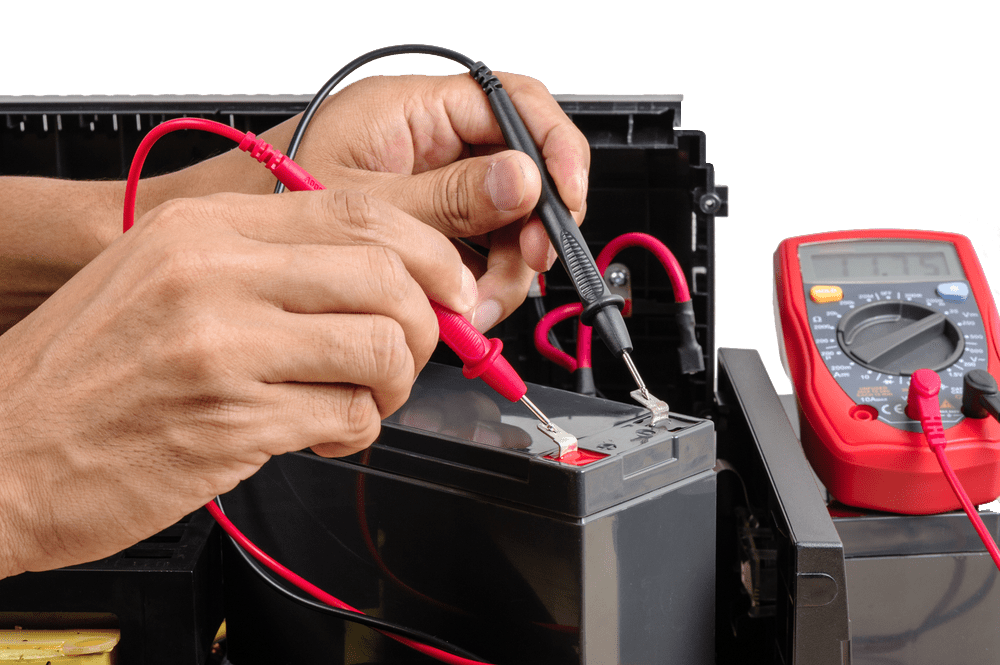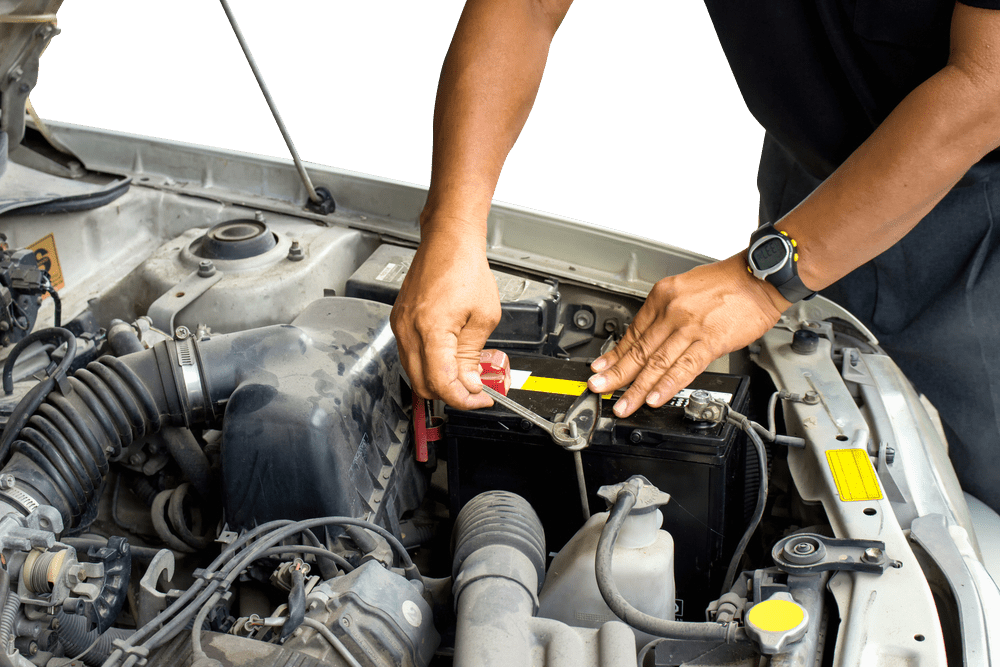- 11 Oct 2021
How to Maintain Your Sitting Car Battery

If your car stays idle for a lengthy period, the charge in its battery will gradually deplete. Now that almost all the regions are facing lockdowns, you need to know how to maintain your sitting car battery. It is critical to ensure that it is fully charged and ready to power your car the next time you use it.
Like the battery packs in your phone or laptop, lead-acid vehicle batteries have a limited lifespan and will ultimately lose their capacity to retain a sufficient charge to start your car. A lead-acid battery should last about 42 months on average, although this may vary based on a variety of factors such as hot or cold regions, travel durations, and the functioning of your car’s charging circuit.
Can a car battery go dead from sitting?
Yes, a car battery can go dead from sitting in a parking spot for a prolonged time. To prevent the battery from dying, lead-acid automotive batteries must be kept fully charged at all times. All lead-acid batteries, regardless of manufacturer, will naturally lose charge throughout time – this is known as ‘self-discharge.’ it will self-discharge at a rate from about 1% per day at room temperature, 0.25 % in a day at 10°C (50°F), and 1.5 % per day at 30°C (86°F).
How do you maintain a sitting car battery?
- Check your battery’s terminal connections regularly to ensure they are clean and tight. Corrosion or leaking may indicate that your battery is no longer performing as effectively as it should.
- When you switch off your car, ensure it is turned off correctly and the key is not left within 2 meters of the vehicle.
- Wash the terminals with a solution of water and baking soda to remove buildup.
- If feasible, keep the battery in a cooler location. Extreme heat damages batteries by increasing the rate of water evaporation from the cells – even in maintenance-free batteries.
If in doubt, get it checked by professionals for parasitic drainage.











